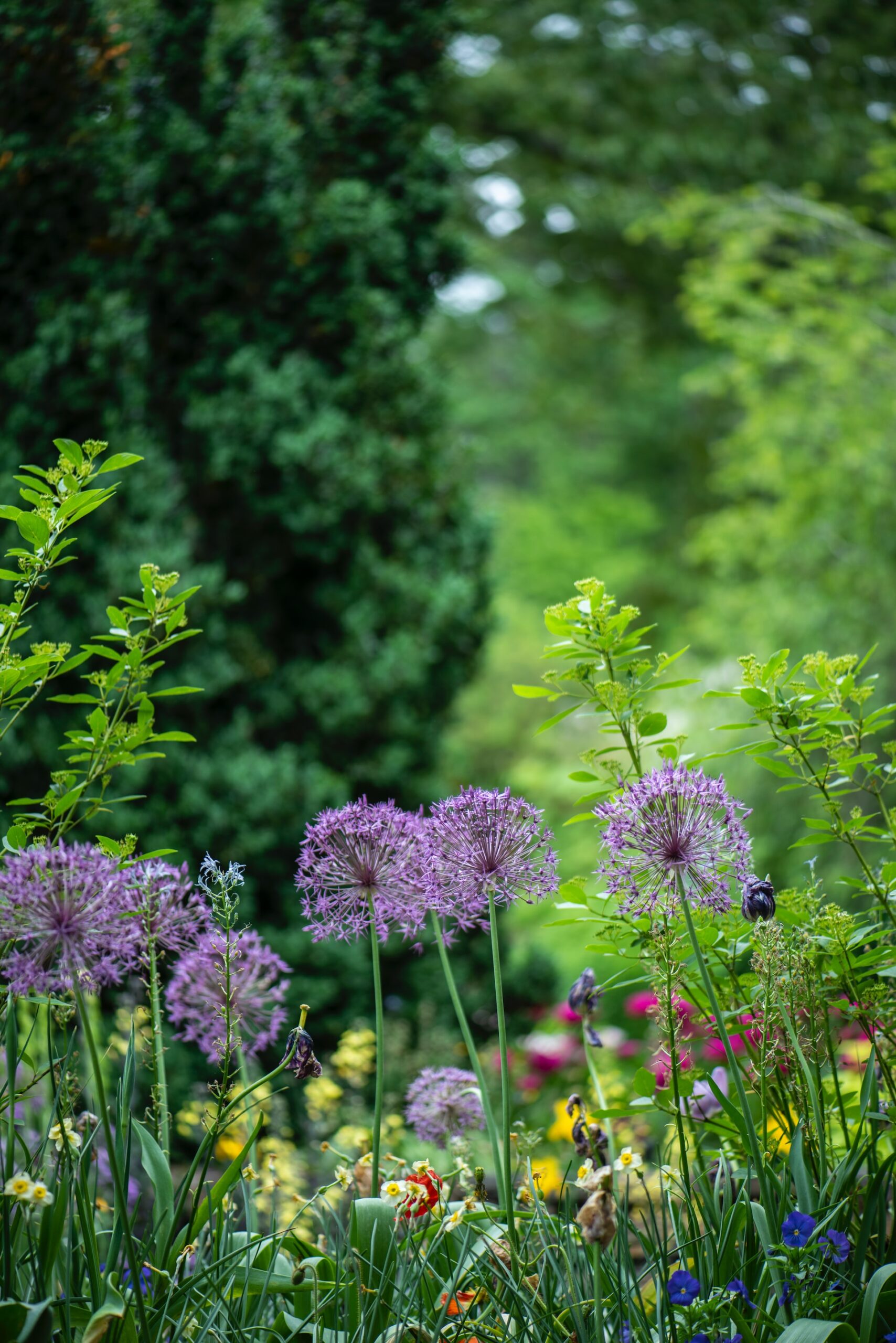Understanding Biodiversity
The concept of biodiversity is a fascinating topic deeply intertwined with our natural surroundings. It’s not just about having varied wildlife in an environment but about the intricate relationships that form when different species cohabitate in one space. Plants, insects, birds, mammals and even soil organisms form a complex web of connections that perpetuates life in an environment. The richness and variety of life in a garden or backyard is paramount in shaping its overall health and resilience.
Apart from making our surroundings more charming and intriguing, biodiversity plays a pivotal role in ecosystem services. These may include natural pest control, soil nourishment, pollination, carbon sequestration, water filtration, and ultimately, the creation of more hospitable spaces for wildlife. For a better understanding of how to foster biodiversity in your garden, you might gain inspiration from a wonderful 10-step blueprint on creating an ecological garden.
Elements of a Wildlife Oasis
Creating a wildlife oasis in your backyard involves understanding and incorporating crucial elements that attract and sustain diverse forms of life. Prominent among these requirements are water sources, native plants, shelter, and food sources.
A wildlife oasis needs water. A small pond, a bird bath, or even puddles can form essential sources of water for various creatures. Similarly, native plants are of immense importance. These plants have co-evolved with native wildlife and form integral parts of their life cycles. They provide food in terms of nectar, pollen, seeds, and fruits, and even serve as potential nursery sites for wildlife.
More elements like shelter and food sources can be achieved by creating diverse habitats. This can range from allowing a corner of the garden to grow wild, to creating log piles and rock spaces. These practices, as showcased by renowned wildlife film maker Chris Stafford Johnson on his Instagram account, provide refuge and breeding grounds for a variety of small mammals, amphibians, insects, and birds.
Practical Ways to Increase Biodiversity
Increasing biodiversity in your garden or backyard can be achieved in simple, practical ways.
- Start by planting more native species. These plants attract indigenous insects and birds, enhancing the overall biodiversity.
- Create different habitats or microhabitats. Consider allowing grass to grow longer in certain areas, planting trees and shrubs of varying heights, or creating a pond or bog.
- Consider gardening organically. Limiting the use of pesticides and herbicides will help maintain a healthy, balanced ecosystem.
Prolonging Biodiversity Throughout the Seasons
A successful wildlife oasis thrives throughout the year, but it requires careful planning for seasonal changes. Providing year-round sources of food, water, and shelter is essential. While some birds and insects might migrate or hibernate, others remain active, relying on the resources your garden provides.
One approach to prolonging biodiversity into the cooler seasons is planting native perennials. The advantage of these plants is that they not only bloom during different seasons, keeping your garden vibrant and beautiful, they also provide essential food and habitat for wildlife throughout the year. An enlightening post by Nurture Native Nature details the importance of native perennials for a diverse winter garden.
The Benefits of a Wildlife Oasis
A well-planned wildlife oasis teems with life and activity, serving as a sanctuary for many species while enhancing your immediate environment. Catering to varied forms of wildlife isn’t just an aesthetic endeavor, but an essential part in ensuring the health and balance of our ecosystems. By fostering biodiversity, you help to protect wildlife, which in turn benefits us in countless ways, such as pollinating our plants and controlling pests.
The simple joy of watching birds flitting about, bees buzzing around flowers, and possibly even spotting a hedgehog or two, are incredibly rewarding. Creating a wildlife oasis in your backyard is a journey, and every step you take towards enhancing biodiversity is a boon for our environment and for future generations to enjoy.

